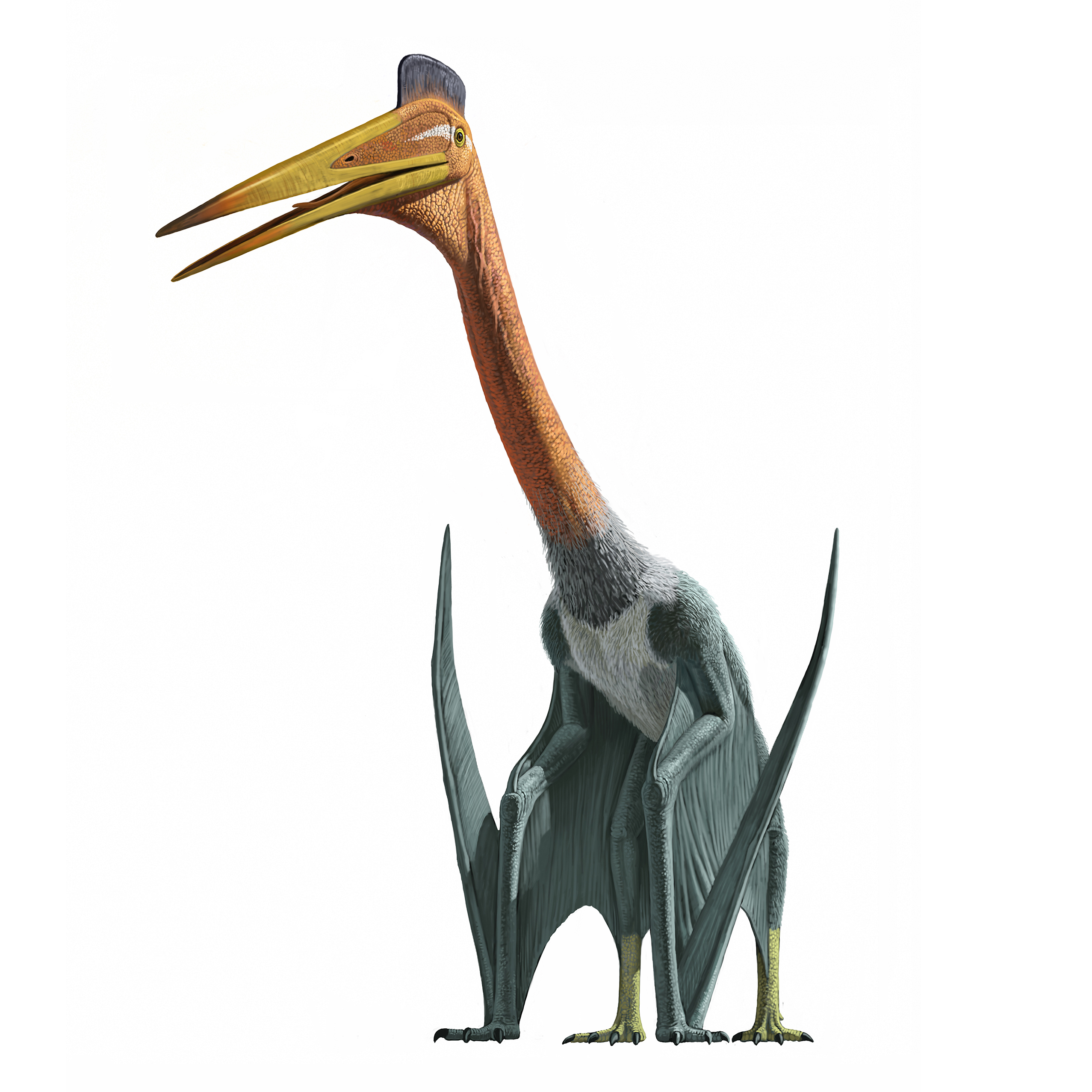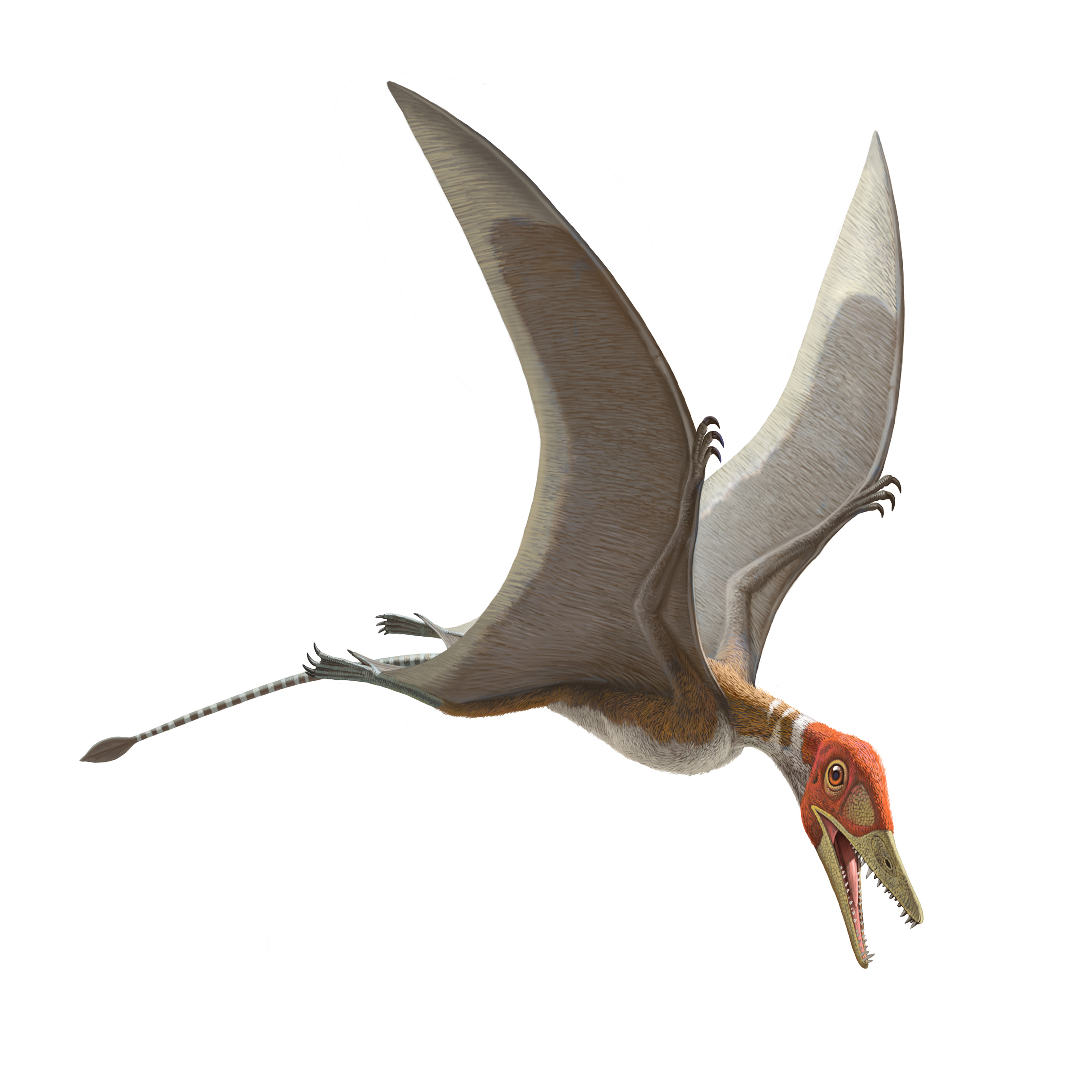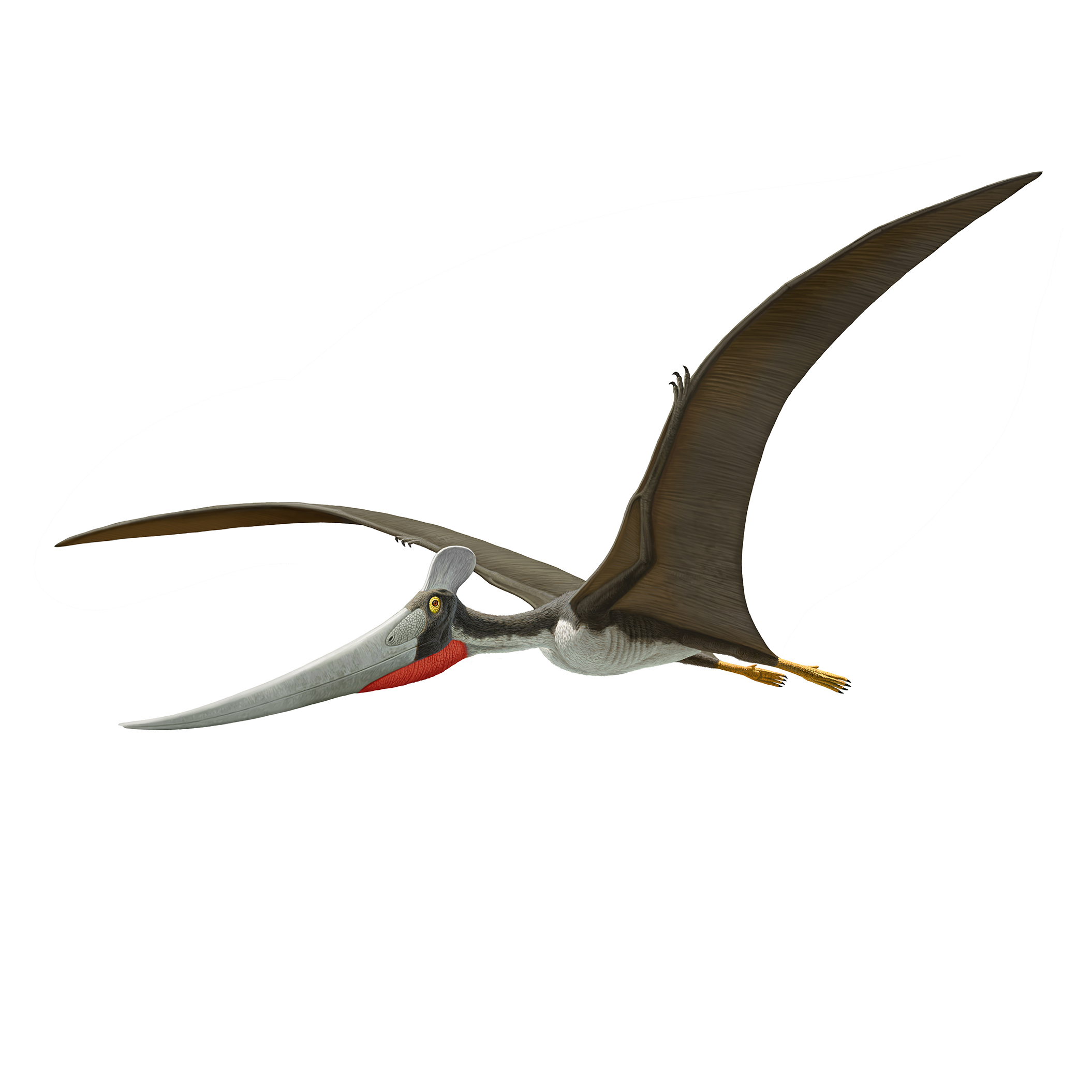They flew with their fingers. They walked on their wings. Some were gigantic, while others could fit in the palm of a hand. Millions of years ago, the skies were ruled by pterosaurs, the first animals with backbones to fly under their own power.
In the new exhibition Pterosaurs: Flight in the Age of Dinosaurs, casts of rare fossils, life-size models, and hands-on interactives bring these ancient animals to life.
They flew with their fingers. They walked on their wings. Some were gigantic, while others could fit in the palm of a hand. Millions of years ago, the skies were ruled by pterosaurs, the first animals with backbones to fly under their own power.
In the new exhibition Pterosaurs: Flight in the Age of Dinosaurs, casts of rare fossils, life-size models, and hands-on interactives bring these ancient animals to life.

See it now through March 5, 2023
Pterosaurs: Flight in the Age of Dinosaurs is included with General Admission to COSI.
[widgetkit id=143]
Step back in time to see pterosaurs, including giants such as Tropeognathus mesembrinus, with a wingspan of more than 25 feet, and find out how they moved on land and in the air. Get a first-hand look at the casts of rare pterosaur fossils that have helped paleontologists learn all that we know about these animals. n a virtual flight lab, use your body to pilot a pterosaur over a prehistoric landscape. Encounter the exceptional creatures that flew in the age of dinosaurs.
Step back in time to see pterosaurs, including giants such as Tropeognathus mesembrinus, with a wingspan of more than 25 feet, and find out how they moved on land and in the air. Get a first-hand look at the casts of rare pterosaur fossils that have helped paleontologists learn all that we know about these animals. n a virtual flight lab, use your body to pilot a pterosaur over a prehistoric landscape. Encounter the exceptional creatures that flew in the age of dinosaurs.
What is a Pterosaur?
What is a Pterosaur?
Pterosaurs are neither birds nor bats, pterosaurs were reptiles, close cousins of dinosaurs who evolved on a separate branch of the reptile family tree. They were also the first animals after insects to evolve powered flight-not just leaping or gliding, but flapping their wings to generate lift and travel through the air. They evolved into dozens of species. Some were as large as an F-16 fighter jet, and others as small as a paper airplane.
Pterosaurs are neither birds nor bats, pterosaurs were reptiles, close cousins of dinosaurs who evolved on a separate branch of the reptile family tree. They were also the first animals after insects to evolve powered flight-not just leaping or gliding, but flapping their wings to generate lift and travel through the air. They evolved into dozens of species. Some were as large as an F-16 fighter jet, and others as small as a paper airplane.

Quetzalcoatlus northropi
This large pterosaur species lived around 70 million years ago on a plain in what is now western Texas. With a wingspan of at least 33 feet, Quetzalcoatlus northropi was about as big as a two-seater plane-larger than any other known flying animal. Quetzalcoatlus northropi was named after Quetzalcoatl, a Mexican god of the air.
© AMNH

Preondactylus buffarinii
One of the oldest known pterosaurs, this species lived around 220 million years ago near an inland sea in what is now northern Italy. Like many early pterosaurs, Preondactylus buffarinii had relatively short wings (wingspan of 18 inches), long legs and a very long tail.
© AMNH

Dawndraco kanzai
This species of pterosaur, Dawndraco kanzai, was one of the largest pterosaurs ever to take to the skies toward the end of the era of flying reptiles, between 90 and 66 million years ago. This long-winged, short-tailed, toothless creature was a close relative of Pteranodon longiceps. During their heyday, Dawndraco, Pteranodon and their oversized cousins soared over a seaway that covered the American Great Plains.
Fragile Fossils
Fragile Fossils
Around 66 million years ago, at the same time that Tyrannosaurus rex and other large dinosaurs became extinct, pterosaurs also died out. Pterosaurs left no descendants-only fossils. But not very many fossils, particularly compared to their dinosaur cousins.
Few pterosaurs lived close to the places where fossils tend to form. Their fragile bones preserved poorly, so pterosaur fossils are frequently incomplete. To form a picture of a particular species, paleontologists must often gather information from several fossils, or draw conclusions from related pterosaurs that are better known.
Around 66 million years ago, at the same time that Tyrannosaurus rex and other large dinosaurs became extinct, pterosaurs also died out. Pterosaurs left no descendants-only fossils. But not very many fossils, particularly compared to their dinosaur cousins.
Few pterosaurs lived close to the places where fossils tend to form. Their fragile bones preserved poorly, so pterosaur fossils are frequently incomplete. To form a picture of a particular species, paleontologists must often gather information from several fossils, or draw conclusions from related pterosaurs that are better known.

Dark Wing fossil cast
In this remarkable Rhamphorhynchus muensteri fossil, discovered in Germany in 2001, the wing tissues are so well preserved that scientists have been able to see fine details in their structure. Under ultraviolet light, researchers detected layers of skin threaded with blood vessels, muscles and long fibers that stiffened the wing. Because of the shadowy color of the wing membrane, paleontologists call this fossil Dark Wing.
©AMNH/D. Finnin

See it now through March 5, 2023
Pterosaurs: Flight in the Age of Dinosaurs is included with General Admission to COSI.
Pterosaurs: Flight in the Age of Dinosaurs is organized by the American Museum of Natural History, New York (www.amnh.org)





